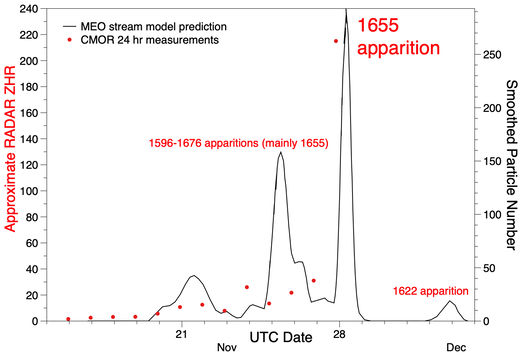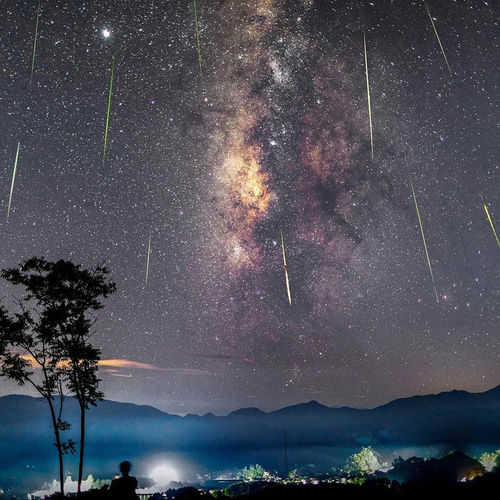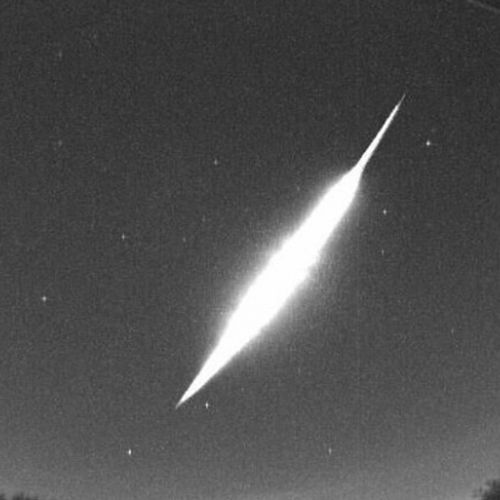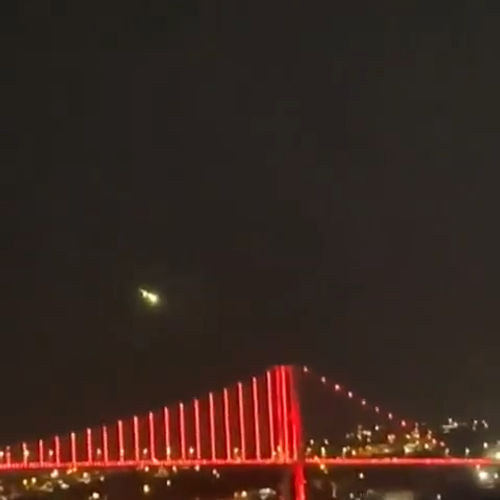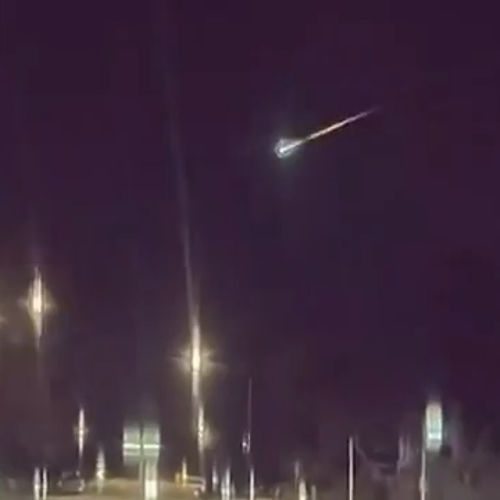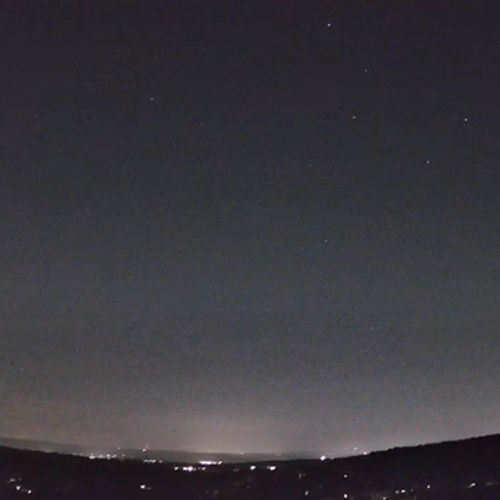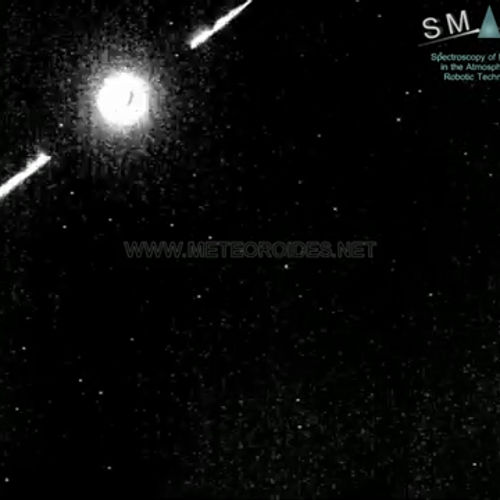
| Added | Wed, 01/12/2021 |
| Источники | |
| Дата публикации | Wed, 01/12/2021
|
| Версии |
The Andromedids are back. Over the weekend, astronomers reported an outbreak of more than 100 weak meteors per hour. "This was the strongest Andromedid meteor flare ever recorded by the Canadian Meteor Orbital Radar (CMOR)," says Peter Brown of the University of Western Ontario.
The flash is not over yet.
"The current outbreak is ongoing, and it may take a few more days or even a week before activity goes down," says Brown. "These meteors are too faint to see with the naked eye, but they are easy targets for our radars."
Andromedids are fragments of comet Bijela, known to historians as "the comet that split into two parts." 3D/Bijela began to disintegrate shortly after it was discovered in 1772. When it swept past the Earth in 1852, it was a double comet, and after that it was never seen again. In 1872 and 1885, thousands of meteors flew out of the Andromeda constellation as the Earth passed through the remains of Bijela. Chinese records described "stars that fell like rain."
Then the Andromedans disappeared too. Since the end of the XIX century, the flow has been weak or absent at all. Only an unexpected outbreak in 2011 showed that the debris of the Bijela could still be hiding nearby. The activity this week is even more promising.
Bill Cook of NASA's Meteoroid Environment Office (MEO) is one of several experts who are modeling the flows of Biela debris in the hope of predicting their return.
"Our models usually do not give good results in predicting time or intensity," he says. "However, this year our model approximately correctly predicted the time."
This graph shows the current radar data (red dots) in comparison with the predicted mudflow intersections.
According to Cook's model, the November 28 flare was caused by a stream of dust laid in 1655 - interestingly, before the comet broke apart.
"We didn't think that crossing 1655 would lead to anything significant," admits Cook. "That's why the outbreak came as a surprise to us."
A group of astronomers led by Paul Wiegert (including Brown) has already predicted a strong Andromedid flare with the naked eye in December 2023. If they are right, then in two years it will be possible to observe up to 200 bright meteors per hour, which will surpass even the Perseids and Geminids. The current outbreak provides new data for their flow models and may help improve forecasts.
This graph shows the current radar data (red dots) in comparison with the predicted mudflow intersections
Новости со схожими версиями
Log in or register to post comments
